Home>Interior Design>15 Things You Can Clean With Baking Soda
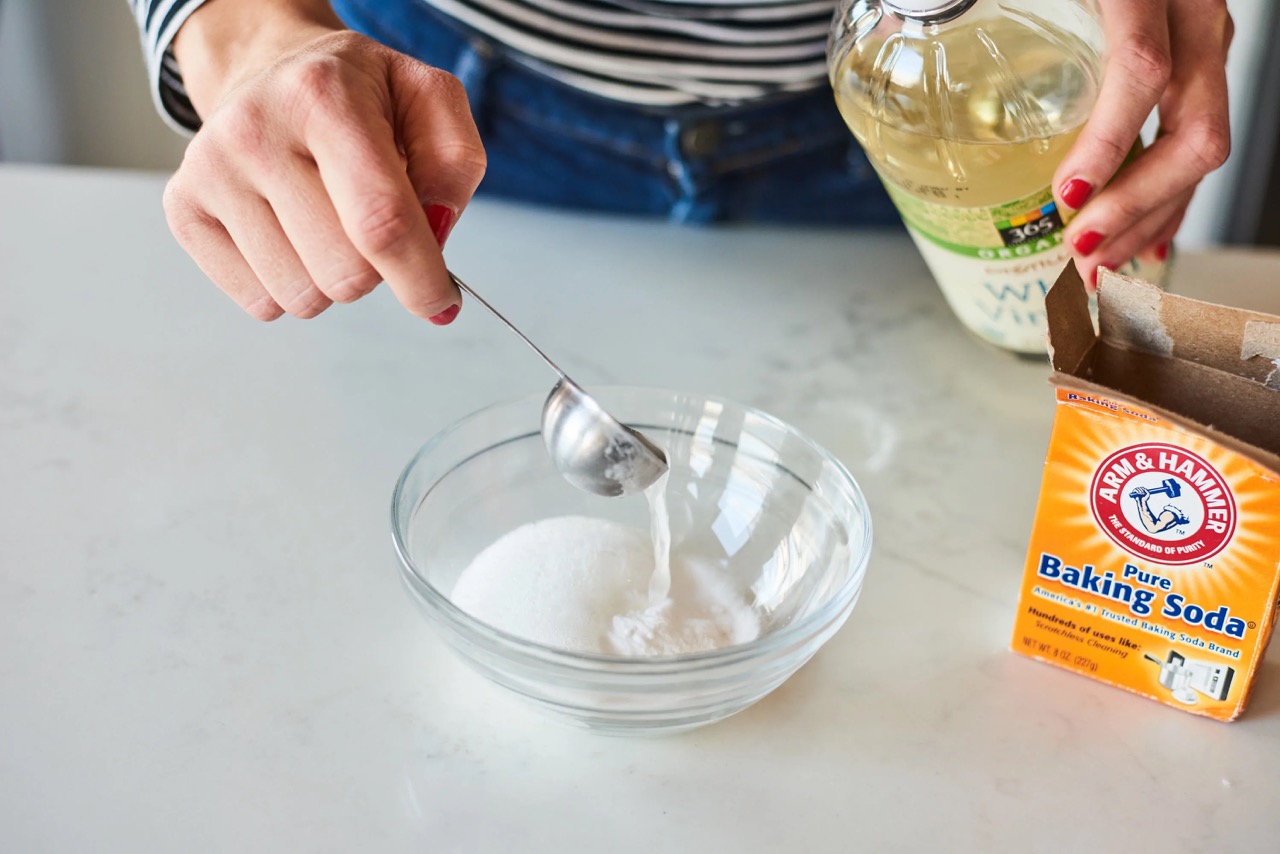

Interior Design
15 Things You Can Clean With Baking Soda
Modified: August 28, 2024
Discover 15 amazing ways to clean your home using the versatile power of baking soda. From kitchen to bathroom, unleash your creativity with interior design-inspired cleaning techniques.
(Many of the links in this article redirect to a specific reviewed product. Your purchase of these products through affiliate links helps to generate commission for Storables.com, at no extra cost. Learn more)
Introduction
Welcome to the wonderful world of baking soda! This humble ingredient, typically found in the back of your kitchen pantry, can work wonders when it comes to cleaning various items in your home. Not only is baking soda an effective and natural cleaning agent, but it is also safe to use on a wide range of surfaces. From kitchen appliances to bathroom fixtures, there’s almost nothing that baking soda can’t help freshen up and restore to its original glory.
So, if you’re ready to roll up your sleeves and put that baking soda to work, we’ve got you covered. In this article, we’ll explore 15 different things that you can clean using baking soda. From kitchen appliances to glassware and even plastic containers, you’ll be amazed at how versatile and efficient this common household ingredient can be.
But before we dive into the specifics, let’s explore why baking soda is such a powerful cleaning agent. Unlike harsh chemical cleaners that can be harmful to you and the environment, baking soda is non-toxic and doesn’t contain any harsh chemicals. It is a natural, gentle abrasive that can effectively remove stains, odors, and build-up without causing damage.
Not only does baking soda have excellent cleaning properties, but it also works as a natural deodorizer. It can absorb and neutralize odors, leaving your items smelling fresh and clean. Plus, it is incredibly affordable, making it an excellent choice for those who want to clean their home without breaking the bank.
So, without further ado, let’s explore the 15 things that you can clean with baking soda. From your kitchen to your bathroom and beyond, you’ll soon discover the true power of this versatile ingredient.
Key Takeaways:
- Baking soda is a versatile, non-toxic, and affordable cleaning agent that can effectively remove stains, grime, and odors from a wide range of interior design items, making it a must-have for maintaining a clean and fresh home.
- Incorporating baking soda into your cleaning routine not only saves money on expensive cleaning products but also reduces your carbon footprint, while providing a gentle yet powerful cleaning solution for various interior design items, from kitchen appliances to glassware and countertops.
Kitchen Appliances
Kitchen appliances like ovens, stovetops, and refrigerators are prone to grease, stains, and stubborn food residue. But fret not, because baking soda is here to save the day. Its abrasive texture and natural cleaning properties make it an excellent choice for deep cleaning these appliances.
To clean your oven, start by removing the racks and wiping away any loose debris. Then, make a paste by mixing baking soda with water until you achieve a thick consistency. Apply the paste to the interior surfaces and let it sit for a few hours or overnight. The baking soda will work its magic, loosening the grime and making it easier to scrub away. Use a sponge or cloth to wipe away the paste, and voila, your oven will be sparkling clean.
For stovetops, sprinkle baking soda over the surface and add a few drops of water to create a paste. Let it sit for a few minutes to penetrate the grime, then scrub gently with a sponge or scrub brush. Rinse with water and wipe dry to reveal a clean and shiny stovetop.
To tackle your refrigerator, mix a quarter cup of baking soda with a quart of warm water. Dip a clean cloth or sponge into the mixture and use it to wipe down the interior surfaces of the fridge, including shelves and drawers. The baking soda will help eliminate any funky odors, leaving your fridge smelling fresh and clean.
Baking soda can also be used to clean small kitchen appliances like toasters, blenders, and food processors. Create a paste with baking soda and water and use a sponge or cloth to apply it to the surfaces. Scrub gently, paying extra attention to any areas with build-up or stains. Rinse with water and wipe dry for sparkling clean appliances that look as good as new.
By using baking soda, you can keep your kitchen appliances clean and fresh without relying on harsh chemical cleaners. Plus, you won’t have to worry about any toxic residue left behind, providing a safe and healthy environment for your food preparation.
Cutting Boards
When it comes to cutting boards, keeping them clean and sanitary is essential to prevent cross-contamination and the spread of bacteria. Baking soda is a fantastic natural cleaner that can effectively remove stains, odors, and bacteria from cutting boards.
First, start by rinsing your cutting board with hot water to remove any loose debris or food particles. Sprinkle baking soda generously over the surface of the board, ensuring that it is completely covered. Next, use a damp sponge or cloth to scrub the baking soda into the board, focusing on any areas with stains or odors. The baking soda will act as a gentle abrasive, helping to lift away stains and eliminate odors.
For particularly stubborn stains or odors, you can create a paste by mixing baking soda with water. Apply the paste to the cutting board and let it sit for a few minutes before scrubbing. The baking soda paste will work its magic, penetrating deep into the board and breaking down the stains or odors.
After scrubbing, rinse the cutting board thoroughly with hot water to remove any remaining baking soda residue. You can also use a mixture of white vinegar and water to further sanitize the board. Simply spray or wipe the mixture onto the surface, let it sit for a few minutes, then rinse it off with hot water.
Once you’ve finished cleaning the cutting board, be sure to dry it thoroughly. Moisture can lead to warping or the growth of bacteria, so it’s important to let the board air dry completely before storing it.
By regularly cleaning your cutting board with baking soda, you can ensure that it remains hygienic and safe to use. Baking soda’s natural properties will help eliminate stains, odors, and bacteria, keeping your cutting board in top condition for all your food preparation needs.
Coffee Makers
Your trusty coffee maker works hard to provide you with a delicious cup of joe every morning. But over time, mineral deposits, oils, and residue can build up and affect the taste and performance of your machine. Luckily, baking soda can come to the rescue and help keep your coffee maker clean and running smoothly.
To clean your coffee maker, start by emptying any remaining coffee grounds and rinsing out the carafe. Next, fill the water reservoir with a mixture of equal parts water and white vinegar. The vinegar will help break down mineral deposits and remove any build-up inside the machine.
Run the coffee maker through a normal brewing cycle, allowing the vinegar-water mixture to fill up the carafe. Once the cycle is complete, pour out the mixture and replace it with fresh water. Run another cycle with just water to rinse out any remaining vinegar.
After rinsing, sprinkle a tablespoon of baking soda into the empty coffee pot. Add hot water and stir until the baking soda dissolves. Pour the baking soda solution into the water reservoir and run another brewing cycle.
Once the cycle is complete, discard the baking soda solution and rinse the carafe and filter basket thoroughly. Run a final brewing cycle with just water to ensure all traces of baking soda are removed.
For parts that are removable, such as the carafe, filter basket, and water reservoir, you can soak them in a mixture of warm water and baking soda to remove any stubborn stains or build-up. After soaking, scrub gently with a sponge or brush and rinse thoroughly.
Regularly cleaning your coffee maker with baking soda will help remove mineral deposits, oils, and residue, ensuring that your coffee tastes great and your machine performs at its best. Plus, baking soda is a natural and safe option, free from harmful chemicals that may affect the flavor of your brew.
Stainless Steel Utensils
Stainless steel utensils are durable, sleek, and a staple in every kitchen. However, they can accumulate stains and tarnish over time. Baking soda is a gentle yet effective way to restore the shine and remove stubborn stains from your stainless steel utensils.
To clean stainless steel utensils, start by creating a paste with baking soda and water. You want the mixture to have a thick consistency that can easily adhere to the utensils. Apply the paste to the surface of the utensils and let it sit for a few minutes to allow the baking soda to work its magic.
Using a soft cloth or sponge, gently scrub the utensils in circular motions. The baking soda’s abrasive nature will help lift away stains and grime without scratching the stainless steel. For more stubborn stains, you can let the paste sit on the utensils for a longer period or use a soft-bristle brush to scrub.
Once you’re satisfied with the level of cleaning, rinse the utensils with warm water to remove any excess baking soda. Be sure to dry them thoroughly with a clean cloth to prevent water spots or streaks from forming. If you prefer a shiny finish, you can polish the utensils with a few drops of olive oil or mineral oil after cleaning.
Baking soda not only removes stains but also helps eliminate any unpleasant odors that may have been absorbed by the stainless steel. So, if your utensils have encountered strong-smelling ingredients like garlic or onions, a quick scrub with baking soda can help neutralize and eliminate those odors.
Whether you’re cleaning your stainless steel knives, forks, spoons, or other utensils, using baking soda as a cleaning agent will keep them looking pristine and free from stains. Plus, it’s a cost-effective and natural way to maintain the beauty and luster of your stainless steel kitchen tools.
Refrigerators
Your refrigerator is an essential appliance in your kitchen, but it’s also a magnet for spills, food odors, and sticky residue. Keeping your fridge clean and fresh is important for food safety and maintaining its efficiency. Baking soda is a versatile and natural cleaning agent that can help you achieve a spotless and odor-free refrigerator.
To clean your refrigerator with baking soda, start by removing all the food items and placing them in a cooler to keep them fresh. Take out any removable shelves, drawers, and bins and wash them with warm soapy water. Rinse and dry them thoroughly before reassembling them back into the fridge.
Sprinkle baking soda liberally onto a damp sponge or cloth and use it to wipe down the interior surfaces of the refrigerator. Pay close attention to any stains or spills, using gentle circular motions to remove them. Baking soda’s mild abrasive properties will help lift away grime and eliminate odors.
If you’re dealing with stubborn stains or lingering odors, create a paste with baking soda and water. Apply the paste to the affected areas and let it sit for a few minutes to penetrate the mess. Then, scrub gently with a sponge or brush, focusing on the stains or odorous spots.
Afterward, dampen a clean cloth or sponge with water and wipe away any baking soda residue. Be sure to thoroughly rinse the cloth or sponge to remove any traces of baking soda and repeat as necessary until all the baking soda is gone.
To ensure your refrigerator remains smelling fresh, place an open box of baking soda on one of the shelves. The baking soda will absorb and neutralize any unpleasant odors, keeping your fridge smelling clean and inviting.
Lastly, don’t forget to clean the exterior of your refrigerator. Wipe it down with a mixture of baking soda and water to remove fingerprints, smudges, and any other dirt that has accumulated. Dry the surface with a clean cloth to prevent streaks.
By regularly cleaning your refrigerator with baking soda, you can maintain a hygienic and pleasant environment for storing your food. Not only will it remove stains and odors, but it will also help improve the efficiency of your refrigerator and prolong its lifespan.
Oven
A clean oven is not only more visually appealing, but it also ensures that your food cooks evenly and without any strange smells. Baking soda is a natural and effective cleaning agent that can tackle the toughest oven grease and grime, making it shine like new again.
Start by removing the oven racks and any loose debris from the oven. Create a paste by mixing baking soda with water until you achieve a thick, spreadable consistency. Apply the paste to the interior surfaces of the oven, focusing on areas with heavy grease or stains.
Let the baking soda paste sit for a few hours or overnight. This gives it time to break down the tough residue, making it easier to remove. For extra help with grease, you can spritz the paste with a mixture of water and vinegar for enhanced cleaning power.
Once the paste has had time to work its magic, use a damp sponge or cloth to wipe away the baking soda mixture. For stubborn stains or grime, use a scrub brush or an old toothbrush to gently scrub the area. Rinse the sponge or cloth frequently to remove any residue.
After scrubbing, rinse the interior of the oven with a clean damp cloth to remove any remaining baking soda. Wipe dry with a clean cloth and replace the oven racks.
If you have stubborn stains or burnt-on residue on the oven racks, you can soak them in a bathtub filled with warm water and baking soda. Allow the racks to soak for a few hours, then scrub with a sponge or brush to remove any remaining debris. Rinse thoroughly and dry before placing them back into the oven.
Regularly cleaning your oven with baking soda will help keep it in top condition, prevent the build-up of grease and grime, and prolong its lifespan. Plus, using a natural cleaning agent like baking soda eliminates the need for harsh chemical cleaners and ensures a safe cooking environment for you and your family.
Sink Drains
Sink drains can easily become clogged and develop unpleasant odors due to food particles, grease, and debris that accumulate over time. Baking soda is a great solution for keeping your sink drains clean, fresh, and free from clogs.
To clean your sink drains with baking soda, start by removing any visible debris from the drain. Pour about half a cup of baking soda down the drain, ensuring that it reaches the drainpipe. Let the baking soda sit in the drain for a few minutes to absorb any odors.
Next, heat around two cups of white vinegar until it’s warm but not boiling. Carefully pour the warm vinegar down the drain to activate the baking soda. The chemical reaction between the vinegar and baking soda will produce a foaming action that helps remove grease, deodorize, and break down any organic matter in the drain.
Let the mixture sit in the drain for about 15 to 30 minutes, allowing it to work its magic. During this time, you might hear some fizzing and bubbling, which is perfectly normal. This reaction helps break down any build-up and eliminates odors.
After the allotted time has passed, flush the drain with hot water to wash away the baking soda, vinegar, and any loosened debris. This will clean out the drain pipe and leave it fresh and clear.
If your sink drain is still clogged or has an unpleasant odor, you can repeat the process or use a plumber’s snake or a plunger to clear the blockage. In some cases, particularly stubborn clogs may require professional assistance.
To maintain clean and odor-free sink drains, you can regularly pour a mixture of baking soda and hot water down the drain. This simple step helps break down minor build-up and keeps your drains flowing smoothly.
Baking soda is a cost-effective and natural solution for cleaning sink drains, eliminating odors, and preventing clogs. Regular maintenance, along with the occasional deep cleaning, will ensure that your sink drains remain clean, fresh, and in excellent working condition.
Stovetop
Your stovetop is the centerpiece of your kitchen, but it can quickly become covered in spills, grease, and baked-on food. Fortunately, baking soda is a versatile and effective cleaner that can tackle even the toughest messes while being gentle on your stovetop’s surface.
To clean your stovetop with baking soda, start by removing any loose debris or crumbs. Sprinkle baking soda liberally over the surface of the stovetop, paying extra attention to areas with stubborn stains or greasy build-up.
Using a damp sponge or cloth, gently scrub the baking soda into the stovetop in circular motions. The baking soda’s mild abrasive properties will help lift away grime without scratching the surface. For tough stains or burnt-on food, you can create a paste by mixing baking soda with a small amount of water and applying it directly to the affected area. Let the paste sit for a few minutes to penetrate the stain, then scrub it away.
After scrubbing, let the baking soda sit on the stovetop for a few minutes to work its magic. This allows it to further break down stains and absorb odors.
Next, dampen a clean cloth or sponge and wipe away the baking soda residue, rinsing the cloth or sponge frequently to remove any dirt or residue. Be sure to thoroughly rinse the stovetop to remove any remnants of baking soda.
If you have a glass or ceramic stovetop, take extra care not to use excessive pressure or abrasive materials that could scratch or damage the surface. Baking soda is a gentle cleaner that is safe to use on these surfaces, but it’s always best to err on the side of caution.
For gas stovetops, you can also clean the burner grates and knobs with baking soda. Soak the grates in a mixture of warm water and baking soda to help remove any grime or build-up. Scrub them gently with a sponge or brush, then rinse and dry thoroughly before placing them back on the stovetop.
Regularly cleaning your stovetop with baking soda will not only keep it looking pristine but also ensure that it functions efficiently. Plus, using a natural cleaner like baking soda avoids the need for harsh chemicals, creating a safer and healthier cooking environment for you and your family.
For tough stains on pots and pans, make a paste with baking soda and water, apply it to the stain, and let it sit for a few hours before scrubbing.
Read more: How To Clean A Kettle With Baking Soda
Microwave
The microwave is a handy kitchen appliance that sees a lot of use, resulting in spills, splatters, and food odors. Cleaning it regularly with baking soda is a simple and effective way to keep your microwave clean and odor-free.
To clean your microwave with baking soda, start by creating a cleaning solution. Mix two tablespoons of baking soda with a cup of water in a microwave-safe bowl. Place the bowl in the microwave and heat it on high for two to three minutes. The steam generated by the solution will help loosen dried-on food and stains.
After heating, carefully remove the bowl from the microwave (it will be hot), and using oven mitts or a towel, wipe down the interior of the microwave with a sponge or cloth. The steam from the baking soda solution will have loosened any stubborn residue, making it easier to remove.
For particularly stubborn stains, create a paste by mixing baking soda with a small amount of water. Apply the paste to the stains, let it sit for a few minutes, then gently scrub with a sponge or brush. Rinse the sponge or cloth frequently while cleaning to remove any dirt or residue.
Don’t forget to also clean the turntable and any removable parts. Wash them with warm soapy water, rinse thoroughly, and dry before placing them back into the microwave.
To remove any lingering odors, place an open container filled with baking soda inside the microwave when it’s not in use. The baking soda will help absorb and neutralize odors, leaving your microwave smelling fresh.
Remember to wipe down the exterior of the microwave as well. Use a mixture of baking soda and water to clean the outside surfaces, then wipe dry with a clean cloth. Pay special attention to any control panels or buttons, ensuring they are free from residue and grime.
Cleaning your microwave regularly with baking soda not only keeps it looking clean and fresh but also helps maintain its performance. By utilizing the power of baking soda, you can easily remove stains, eliminate odors, and ensure that your microwave is ready for the next meal preparation.
Dishwasher
Your dishwasher helps save you time and effort in the kitchen, but it also requires some maintenance to keep it clean and functioning efficiently. Baking soda is a fantastic natural cleaner that can remove stains, eliminate odors, and keep your dishwasher working at its best.
To clean your dishwasher with baking soda, start by removing any food debris or loose items from the dishwasher. Check the filter and remove any debris that may have accumulated there.
Next, sprinkle a generous amount of baking soda along the bottom of the dishwasher, focusing on areas with stains or odors. The baking soda will work as a gentle abrasive, helping to remove any built-up residue or stains.
In a small dish, mix a quarter cup of baking soda with a cup of white vinegar. Place the dish on the top rack of your dishwasher, then run a cycle on the hottest setting. The combination of baking soda and vinegar will form a powerful cleaning duo, effectively removing grease, grime, and odors from the dishwasher.
Once the cycle is complete, open the dishwasher and inspect the interior. Wipe down any remaining baking soda residue or stains with a damp sponge or cloth. Pay attention to the door seals and edges, as these areas can sometimes accumulate residue.
If your dishwasher has a removable utensil holder or racks, you can soak them in a sink filled with warm water and baking soda. Let them soak for a few hours, then scrub them gently to remove any remaining dirt or stains. Rinse thoroughly and dry before placing them back into the dishwasher.
To keep your dishwasher smelling fresh, you can regularly place a small bowl filled with baking soda on the top rack of an empty dishwasher. Run a short cycle on the hottest setting to distribute the baking soda and eliminate any lingering odors.
By cleaning your dishwasher with baking soda, you can keep it running smoothly, remove stains, and prevent unpleasant odors. Additionally, using baking soda is a safe and natural alternative to harsh chemical cleaners, ensuring a clean and healthy environment for your dishes.
Countertops
Your countertops are a prominent feature in your kitchen, and they endure a lot of use and abuse throughout the day. Baking soda is a versatile and gentle cleaning agent that can effectively remove stains and grime from a wide range of countertop materials, including granite, marble, laminate, and more.
To clean your countertops with baking soda, start by gently wiping away any loose debris or crumbs. Then, sprinkle a generous amount of baking soda over the surface of the countertop. The baking soda will act as a non-abrasive scrub, helping to lift away stains and dirt.
Using a damp sponge or cloth, gently scrub the baking soda into the countertop in circular motions. For tough stains or deep-seated grime, you can create a paste by mixing baking soda with a small amount of water. Apply the paste to the stained area and let it sit for a few minutes before scrubbing.
Continue scrubbing until you’ve covered the entire countertop, paying extra attention to any areas with stubborn stains or residue. Rinse your sponge or cloth frequently to remove any dirt or residue. If necessary, you can repeat the process or use a soft brush for more difficult stains.
Once you’re satisfied with the cleanliness of your countertops, use a clean damp cloth to remove any remaining baking soda residue. Rinse the cloth frequently and wring it out well to ensure thorough cleaning.
For sealed countertops like granite or marble, it’s important to avoid using acidic cleaners or scrub brushes that could damage the surface. Baking soda is a gentle yet effective option that won’t harm these surfaces and will leave them looking clean and refreshed.
After cleaning, dry your countertops with a clean, lint-free cloth to prevent streaks or water spots. This will help reveal the natural beauty of your countertops and leave them looking sparkling clean.
Regularly cleaning your countertops with baking soda not only keeps them looking great but also helps maintain their longevity. Baking soda is a cost-effective and natural cleaning agent that is safe to use around food preparation areas, making it an ideal choice for keeping your countertops clean and inviting.
Pots and Pans
Pots and pans are essential tools in the kitchen, but they can become covered in baked-on food, grease, and stains over time. Baking soda is a versatile and effective cleaner that can help restore the shine and cleanliness of your pots and pans, whether they’re made of stainless steel, cast iron, or non-stick surfaces.
To clean pots and pans with baking soda, start by rinsing off any loose debris or food particles. Sprinkle a generous amount of baking soda onto the surface of the pot or pan.
Next, dampen a sponge or cloth and rub the baking soda into the surface of the cookware. The baking soda’s mild abrasive properties will help lift away stains and grime without scratching the material. For more stubborn stains or grease, you can create a paste by mixing baking soda with a small amount of water. Apply the paste to the affected area and let it sit for a few minutes before scrubbing.
Use gentle circular motions to scrub the baking soda into the pot or pan. Pay extra attention to areas with baked-on residue or stains. For tough stains, you can also let the baking soda sit on the surface for a longer period to allow it to break down the grime.
Rinse the pot or pan with warm water to remove any baking soda residue. For cast iron pans, be sure to dry them thoroughly to prevent rust. Stainless steel and non-stick pans can typically air dry or be dried with a clean cloth.
For stubborn stains or burnt-on food, you can fill the pot or pan with warm water and add a few tablespoons of baking soda. Let it soak for a few hours or overnight to help loosen the residue. Then, scrub the pot or pan with a sponge or brush before rinsing thoroughly.
Baking soda is a safe and effective option for cleaning a variety of cookware materials. It quickly removes stains and residue, leaving your pots and pans looking clean and shiny.
Remember to always check the care instructions for your specific pots and pans. While baking soda is generally safe to use, some materials might require additional care or have specific cleaning recommendations. By using baking soda regularly, you can maintain the cleanliness and longevity of your pots and pans, allowing you to enjoy many delicious meals for years to come.
Read more: How To Clean A Sink With Baking Soda
Baking Dishes
Baking dishes are a staple in every kitchen, but they can often suffer from baked-on food, grease, and stubborn stains. Cleaning baking dishes with baking soda is a simple and effective way to remove residue and restore their cleanliness.
To clean baking dishes with baking soda, start by rinsing off any loose food particles or debris. Then, sprinkle a thick layer of baking soda onto the surface of the dish, ensuring that it covers the entire area.
Next, dampen a sponge or cloth and use it to scrub the baking soda into the surface of the baking dish. The baking soda’s abrasive properties will help lift away stains and residue without scratching the dish. For tougher stains or food build-up, you can create a paste by mixing baking soda with a small amount of water and applying it directly to the affected areas.
Scrub the baking soda into the dish, paying extra attention to areas with stubborn stains. Let the baking soda sit on the surface for a few minutes to allow it to break down the grime before continuing to scrub.
Rinse the baking dish with warm water to remove any baking soda residue. For dishes with greasy residue, you can add a few drops of dish soap to your sponge or cloth and continue scrubbing to ensure a thorough clean.
If you’re dealing with particularly stubborn stains or burnt-on food, you can fill the baking dish with warm water and add a few tablespoons of baking soda. Let it soak for a few hours or overnight, allowing the baking soda to penetrate and loosen the residue. Then, scrub the dish with a sponge or brush and rinse thoroughly.
Baking soda is a safe and effective option for cleaning baking dishes, as it is non-toxic and doesn’t leave behind any residue or odors. It’s suitable for a wide range of baking dish materials, such as glass, ceramic, and even metal.
Regularly cleaning your baking dishes with baking soda will help maintain their cleanliness and prolong their lifespan. With baking soda as your trusty ally, you can easily remove residue and enjoy using your baking dishes for all your culinary creations.
Glassware
Glassware, including drinking glasses, wine glasses, and decorative glass items, can lose their sparkle due to water spots, fingerprints, and soap residue. Baking soda is a gentle yet effective cleaner that can help restore the shine and clarity of your glassware.
To clean glassware with baking soda, start by rinsing the items with warm water to remove any loose debris. Then, create a paste by mixing baking soda with a small amount of water. The paste should have a thick but spreadable consistency.
Apply the baking soda paste to the glassware, focusing on areas with stains or residue. Use a soft cloth or sponge to gently scrub the surface in circular motions. The baking soda’s gentle abrasiveness will help lift away grime and residue without scratching the glass.
If you’re dealing with stubborn stains or water spots, you can let the baking soda paste sit on the glassware for a few minutes before scrubbing. This allows the baking soda to penetrate and loosen the stains for easier removal.
Rinse the glassware thoroughly with warm water to remove any baking soda residue. Be sure to rinse both the inside and outside of the glassware to ensure a complete clean. Use a soft cloth or towel to dry the glassware completely, as air-drying can lead to water spots.
If you have cloudy glassware, you can try soaking it in a mixture of warm water and baking soda for a few hours. This can help remove cloudiness and restore the glass’s clarity. After soaking, rinse and dry the glassware as usual.
Baking soda is a non-toxic and safe option for cleaning glassware, unlike chemical-based cleaners that may leave behind residue or odors. It is suitable for most types of glassware, including delicate and decorative pieces.
Regularly cleaning your glassware with baking soda will help keep it looking beautiful and crystal clear. With baking soda’s gentle touch, your glassware will be ready to impress and add a touch of elegance to your dining experiences.
Tupperware Containers
Tupperware containers are a convenient and versatile option for storing leftovers and meal prep. Over time, these containers can develop stains, odors, and stubborn residue. Thankfully, cleaning Tupperware containers with baking soda is a simple and effective way to restore their freshness and cleanliness.
To clean Tupperware containers with baking soda, start by rinsing off any food remnants or loose debris. Sprinkle a generous amount of baking soda into the container, ensuring that it covers the entire area that needs cleaning.
Next, use a sponge or cloth dampened with water to scrub the baking soda into the container’s surface. The baking soda’s gentle abrasiveness will help break down stains and residue without scratching the plastic. Focus on areas with stubborn stains or sticky residue, applying more pressure if necessary.
If you’re dealing with particularly persistent stains or odors, you can create a paste by mixing baking soda with a small amount of water. Apply the paste to the affected areas and let it sit for a few minutes to allow the baking soda to work its magic. Then, scrub the paste into the container with a sponge or brush.
Rinse the Tupperware container thoroughly with warm water to remove any baking soda residue and loosened grime. Repeat the process as needed for heavily stained or odorous containers. For containers with lingering odors, you can leave them filled with a baking soda solution overnight to help neutralize the smell.
After washing the Tupperware container, ensure it is completely dry before storing it. Moisture can lead to the growth of mold or mildew, so be sure to air dry the container or wipe it dry with a clean cloth.
Baking soda is a safe and effective option for cleaning Tupperware containers, as it is non-toxic and won’t leave behind any harsh chemical residue. It’s safe to use on most plastic types, but it’s always a good idea to check the specific instructions for your Tupperware products.
Regularly cleaning your Tupperware containers with baking soda will help keep them fresh, odor-free, and ready for your next meal prep or storage needs. With a little help from baking soda, you can enjoy clean and pristine Tupperware containers without any stains or lingering odors.
Conclusion
Baking soda is truly an all-star when it comes to cleaning various items in your home, especially in the realm of interior design. From kitchen appliances to glassware, pot and pans to Tupperware containers, baking soda proves to be a versatile, effective, and natural cleaning agent.
Not only does baking soda have excellent cleaning properties, but it is also non-toxic, affordable, and readily available in most households. Its gentle abrasive nature allows it to remove stains, grime, and odors without causing damage to delicate surfaces. Moreover, baking soda is a safe alternative to harsh chemical cleaners, creating a healthier environment for you and your family.
Whether you’re tackling greasy stovetops, removing burnt-on food from baking dishes, or freshening up your sink drains, baking soda can handle the task with ease. Its ability to neutralize odors and absorb moisture makes it a perfect candidate for eliminating unwanted smells from your microwave, refrigerator, and even your Tupperware containers.
By incorporating baking soda into your cleaning routine, you can save money on expensive cleaning products while simultaneously reducing your carbon footprint. Additionally, baking soda offers a gentle touch, making it suitable for a wide range of interior design items, such as stainless steel utensils, glassware, and countertops.
So, the next time you’re faced with a cleaning challenge, don’t underestimate the power of baking soda. Harness its natural cleaning properties, and watch as it effortlessly transforms your kitchen appliances, cutting boards, coffee makers, and more. With baking soda as your trusty sidekick, you can enjoy a clean, fresh, and inviting home.
Frequently Asked Questions about 15 Things You Can Clean With Baking Soda
Was this page helpful?
At Storables.com, we guarantee accurate and reliable information. Our content, validated by Expert Board Contributors, is crafted following stringent Editorial Policies. We're committed to providing you with well-researched, expert-backed insights for all your informational needs.
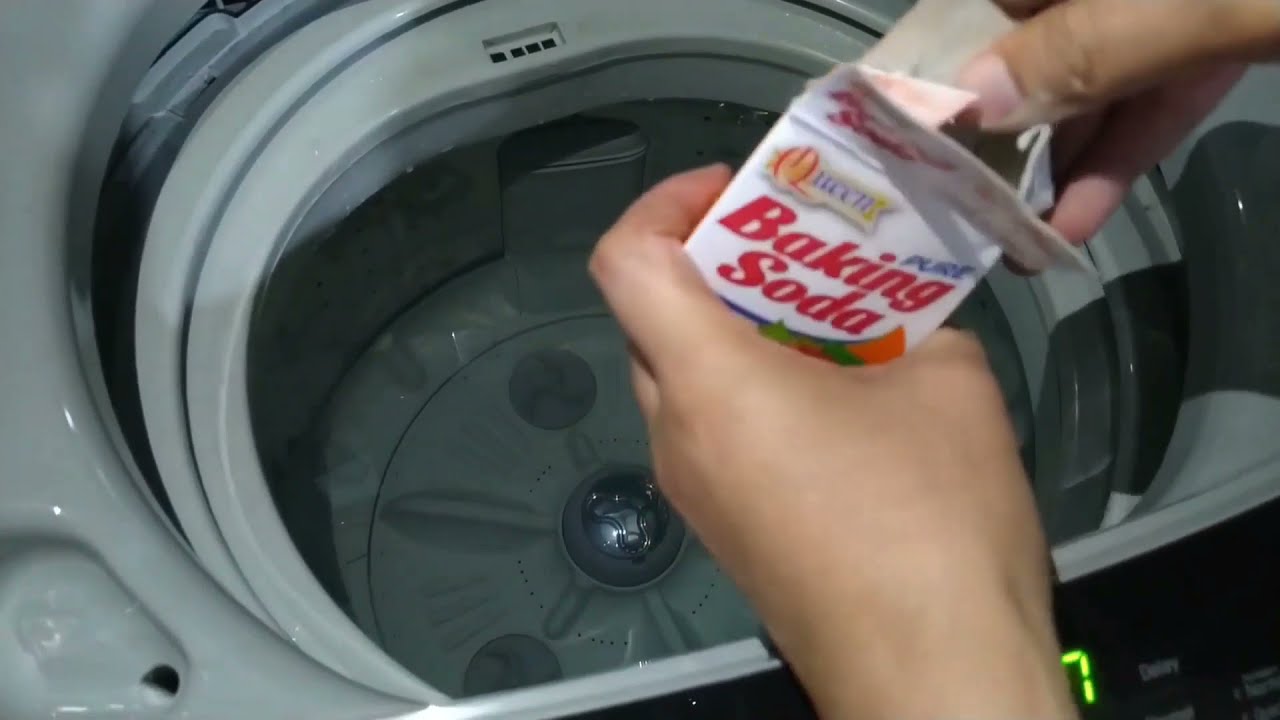
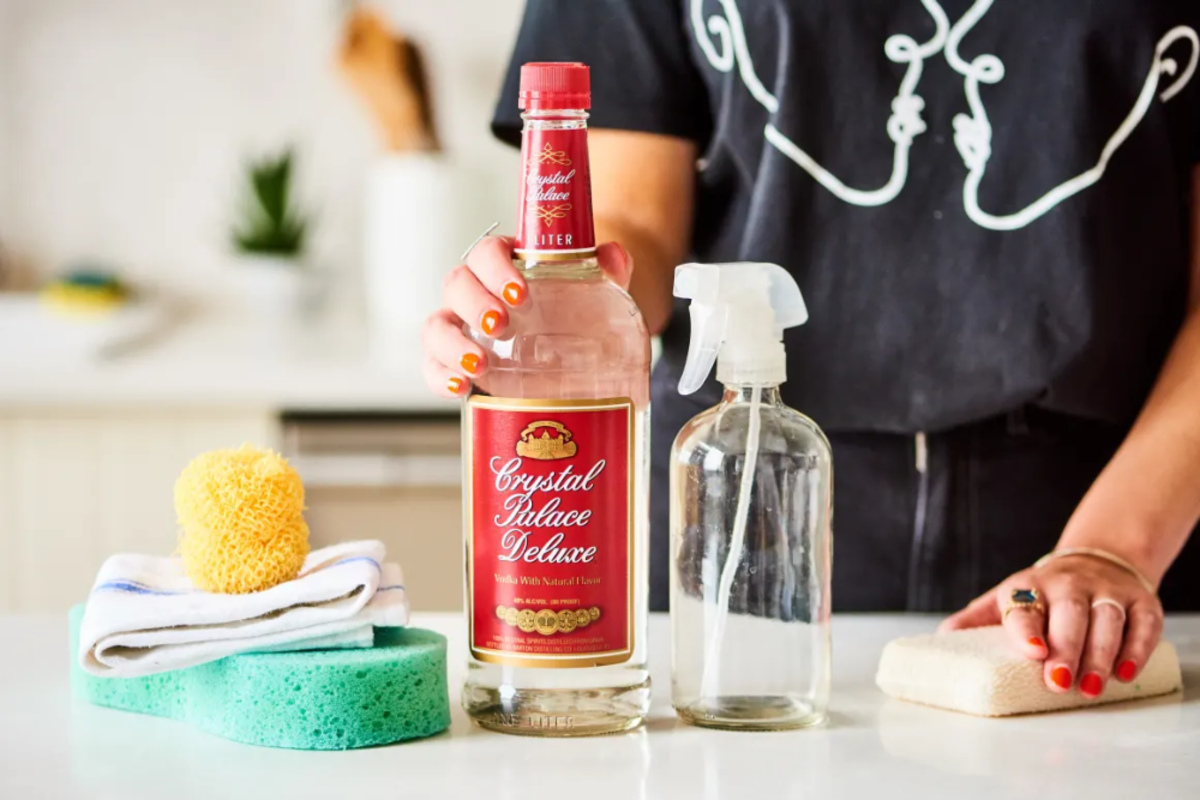
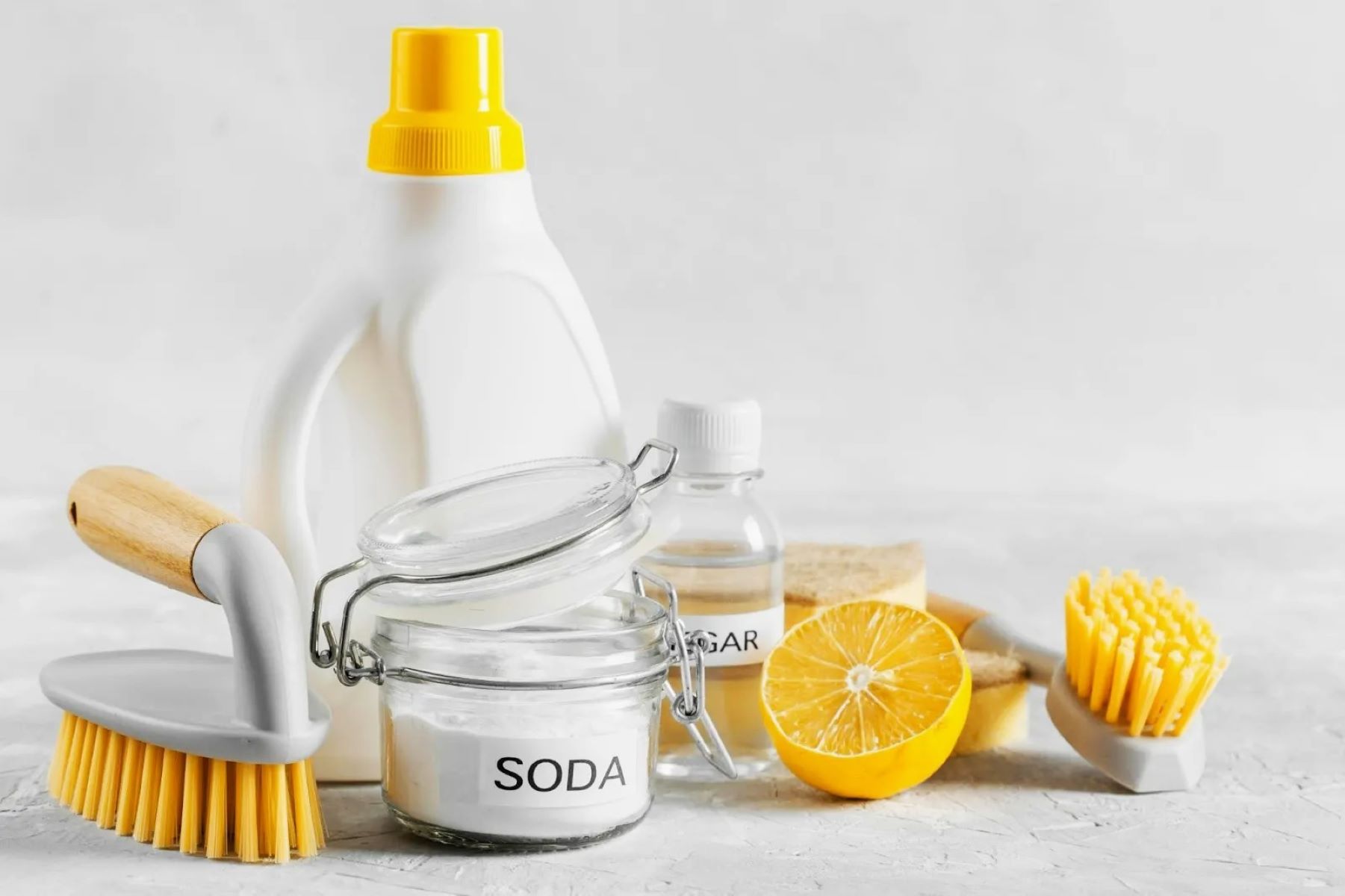
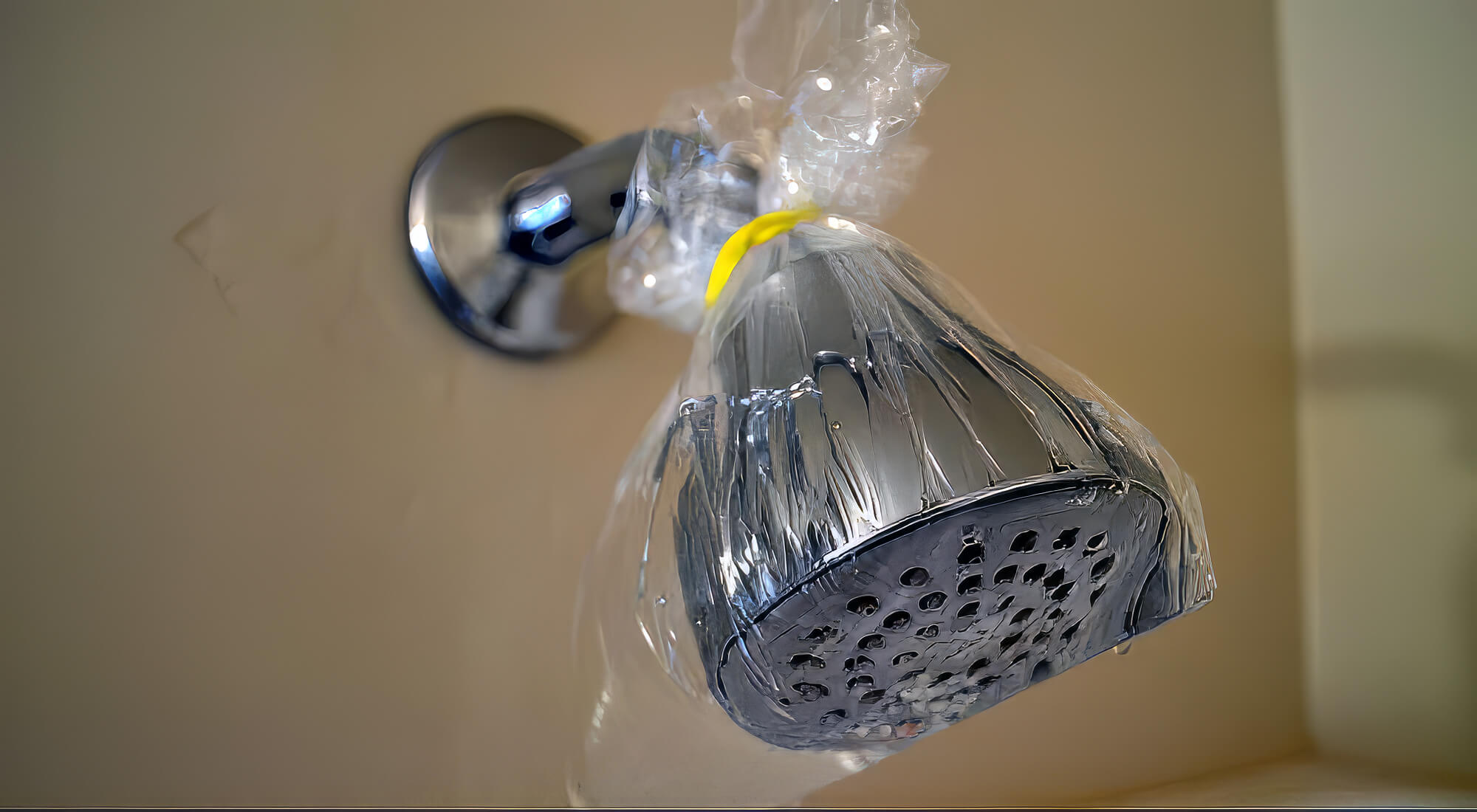
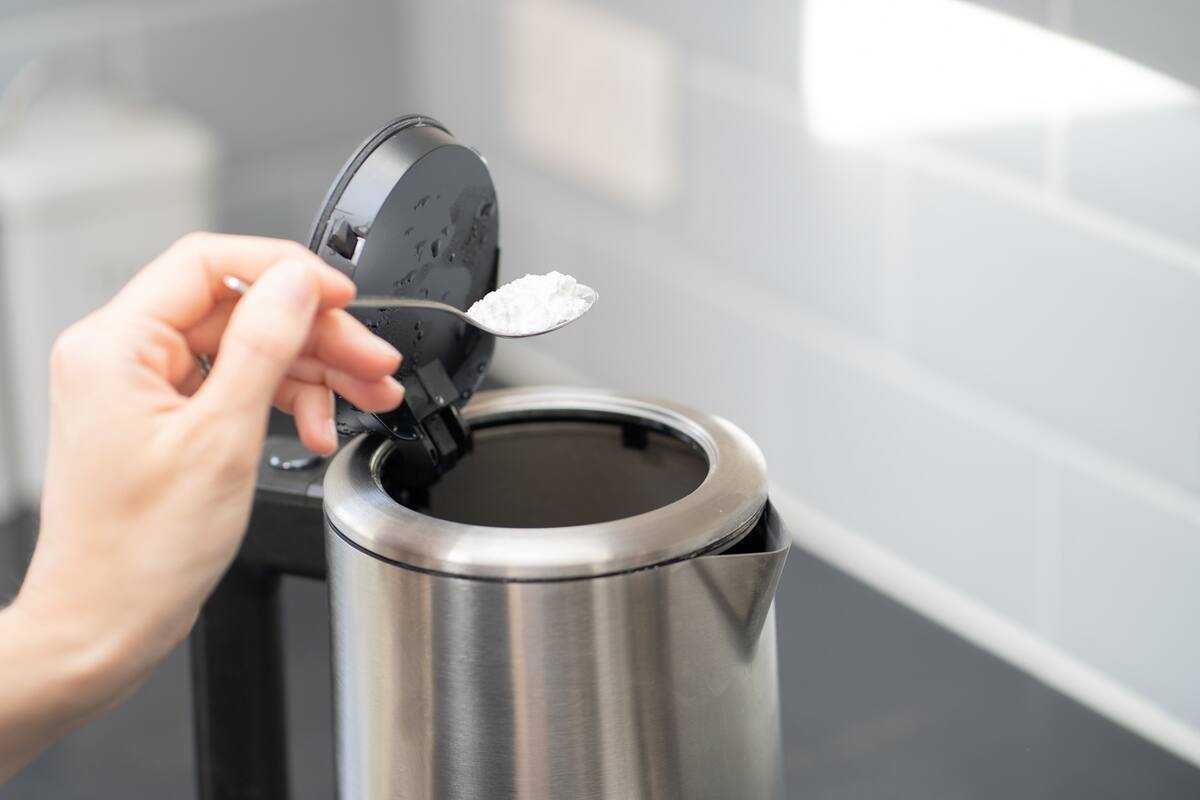
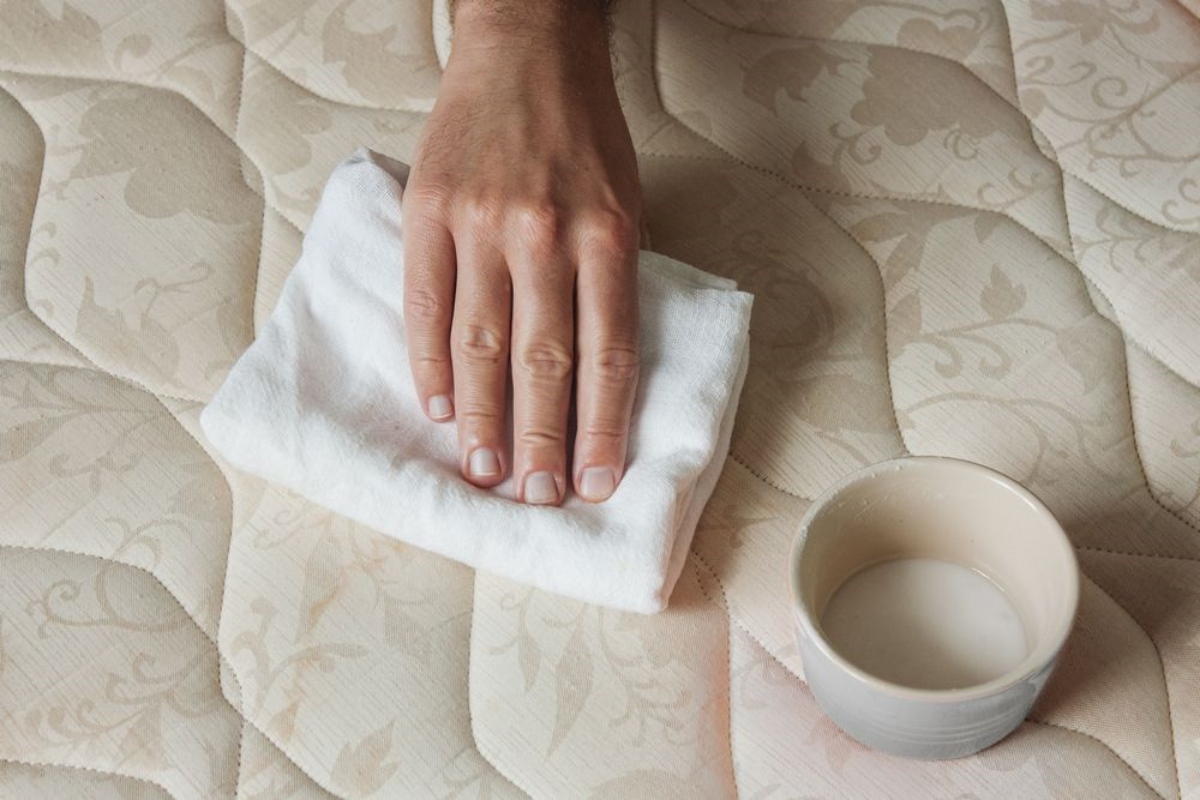
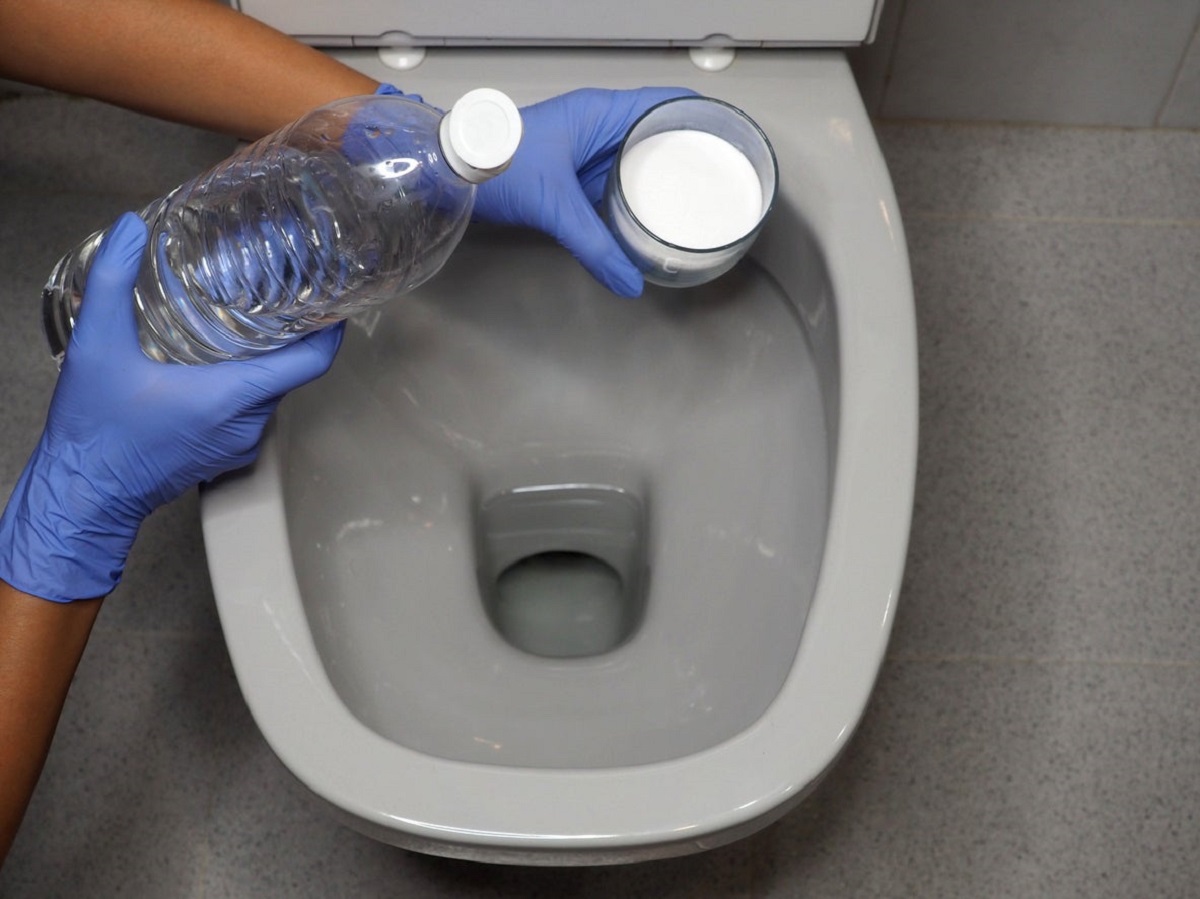
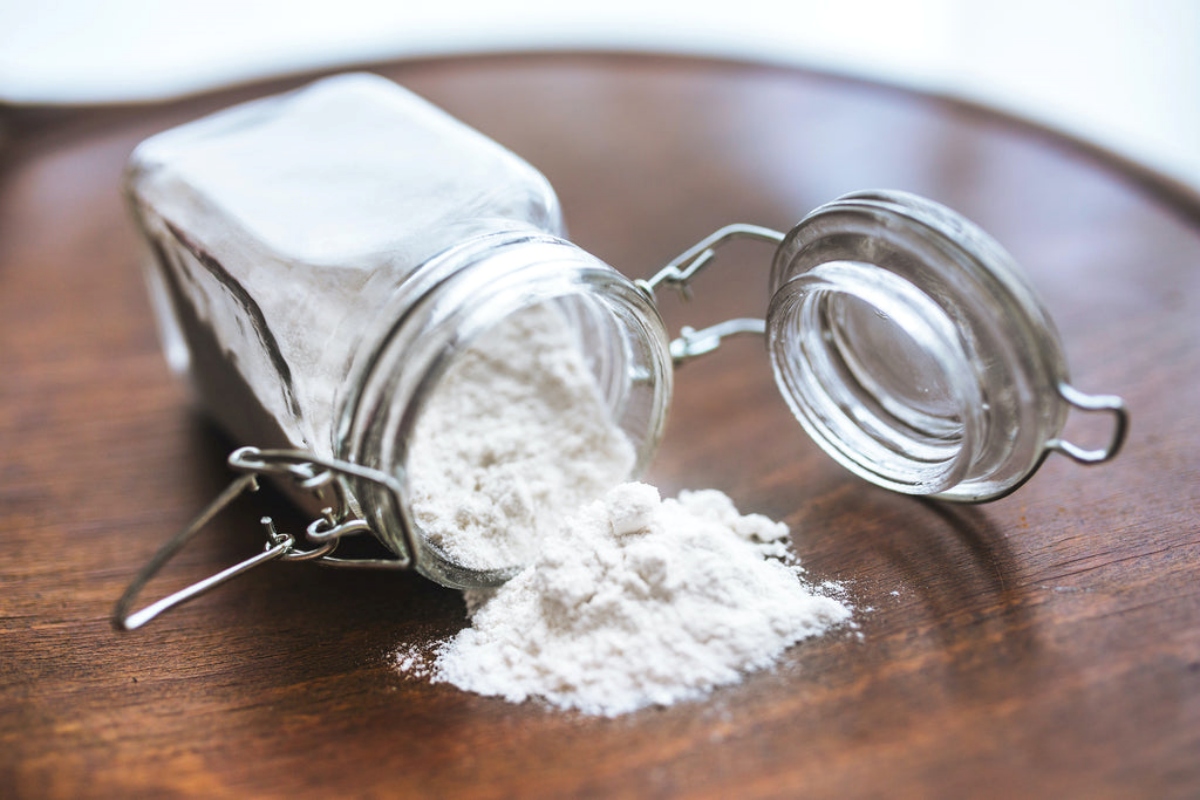
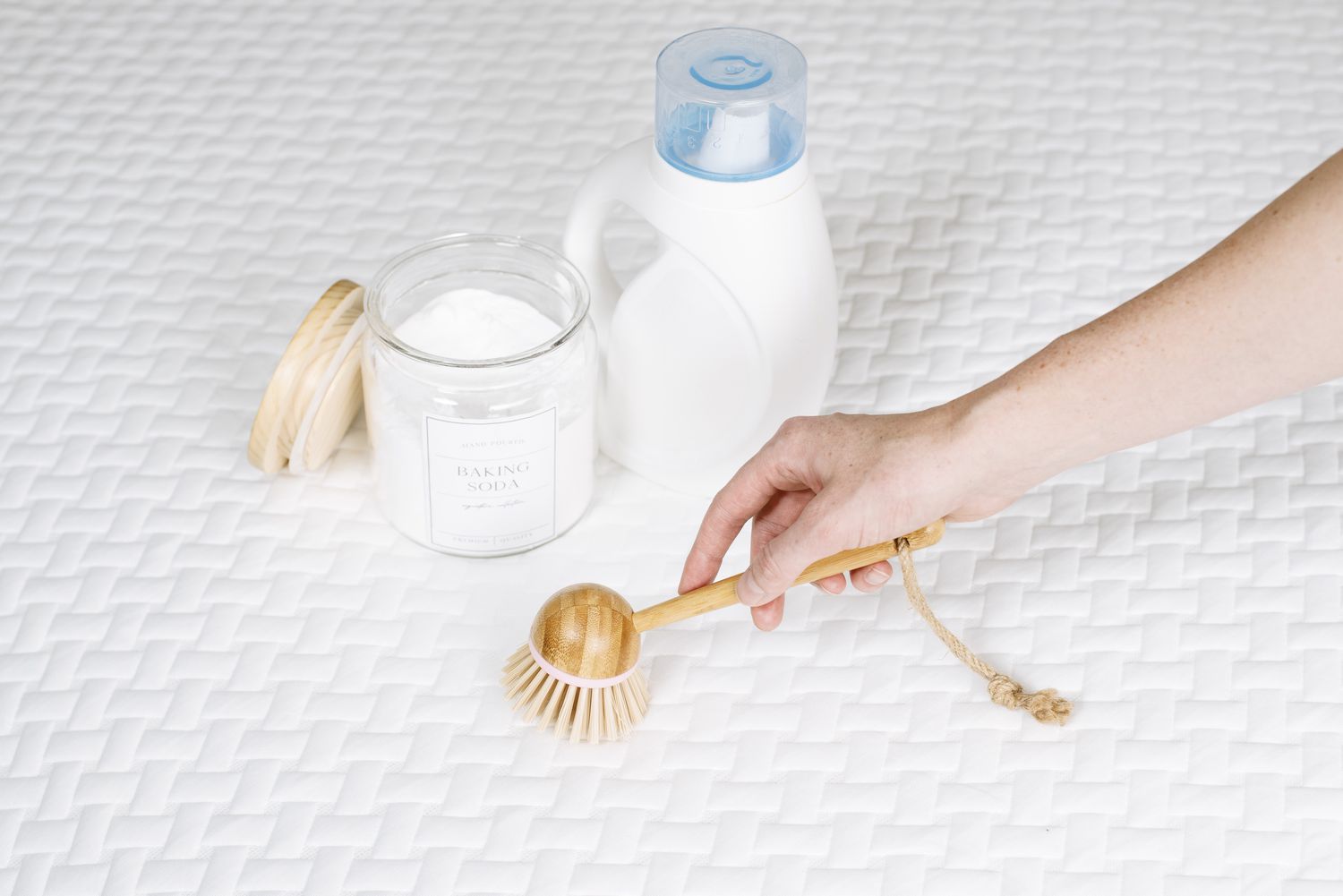
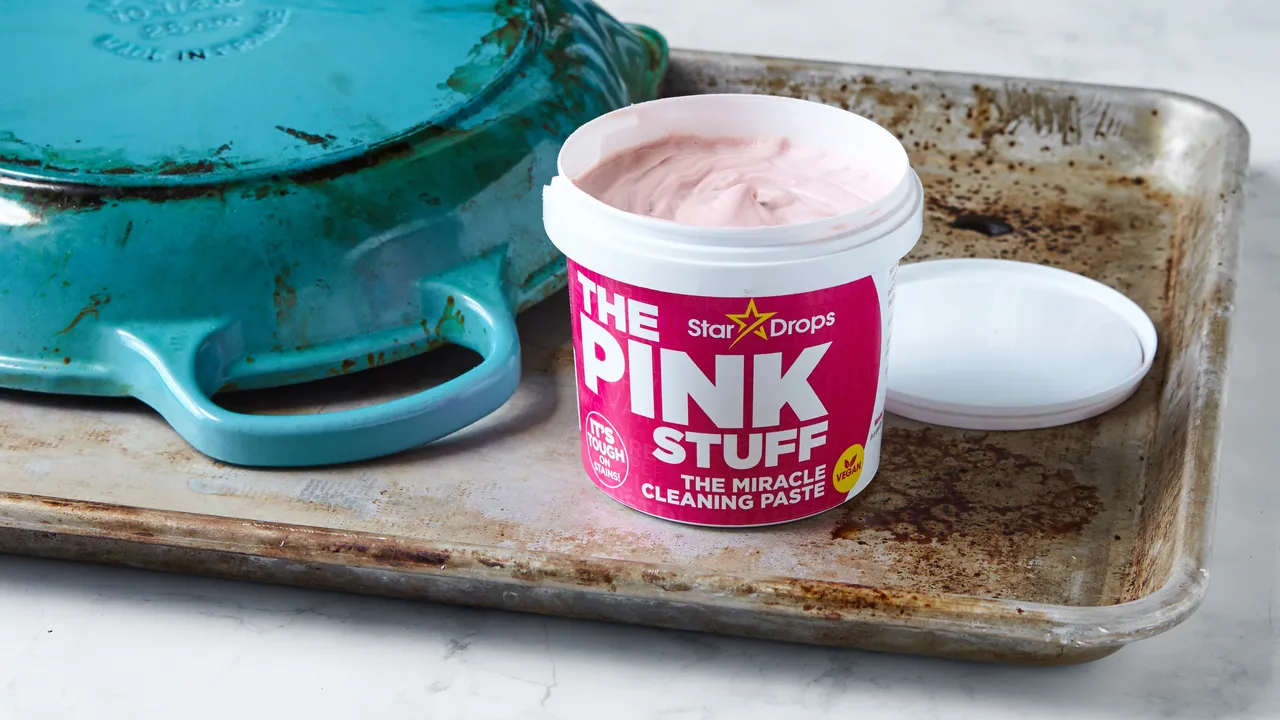
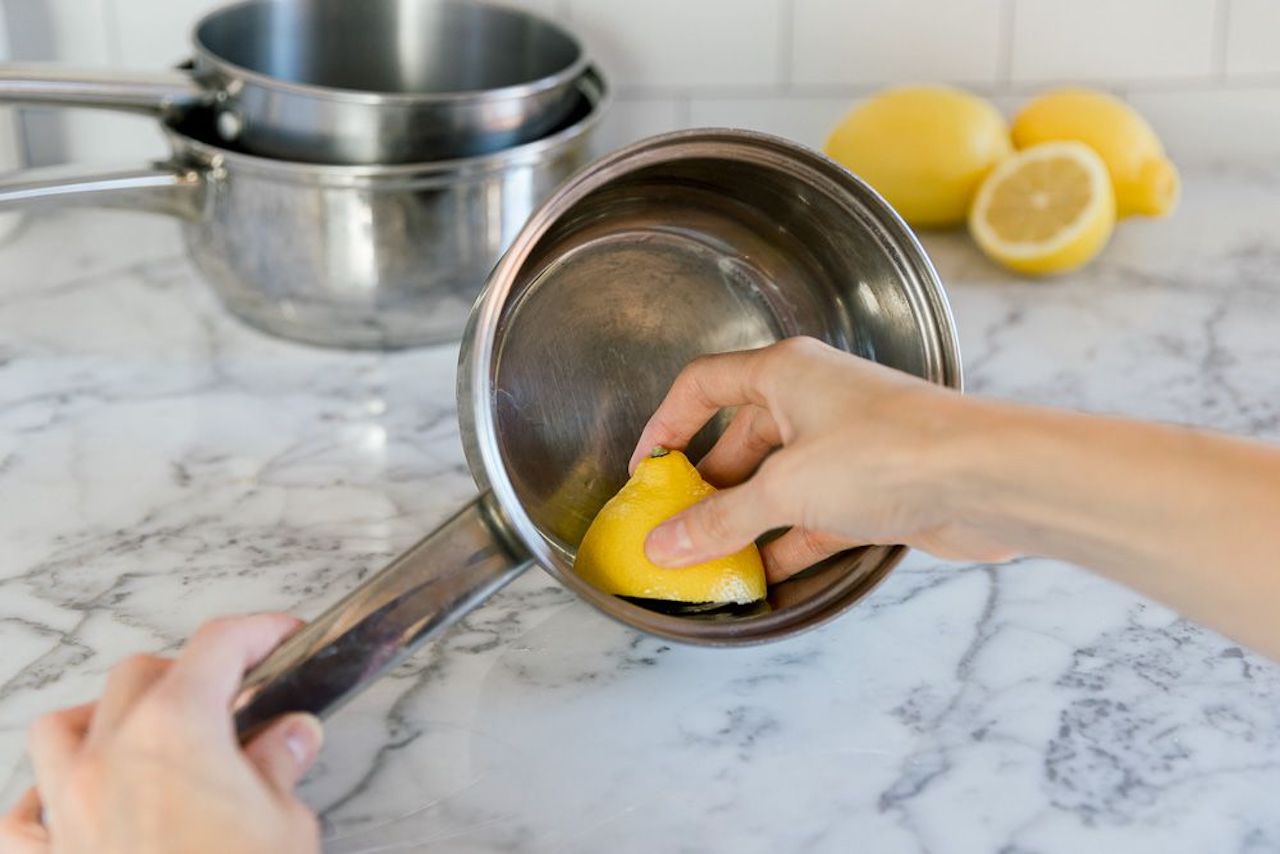
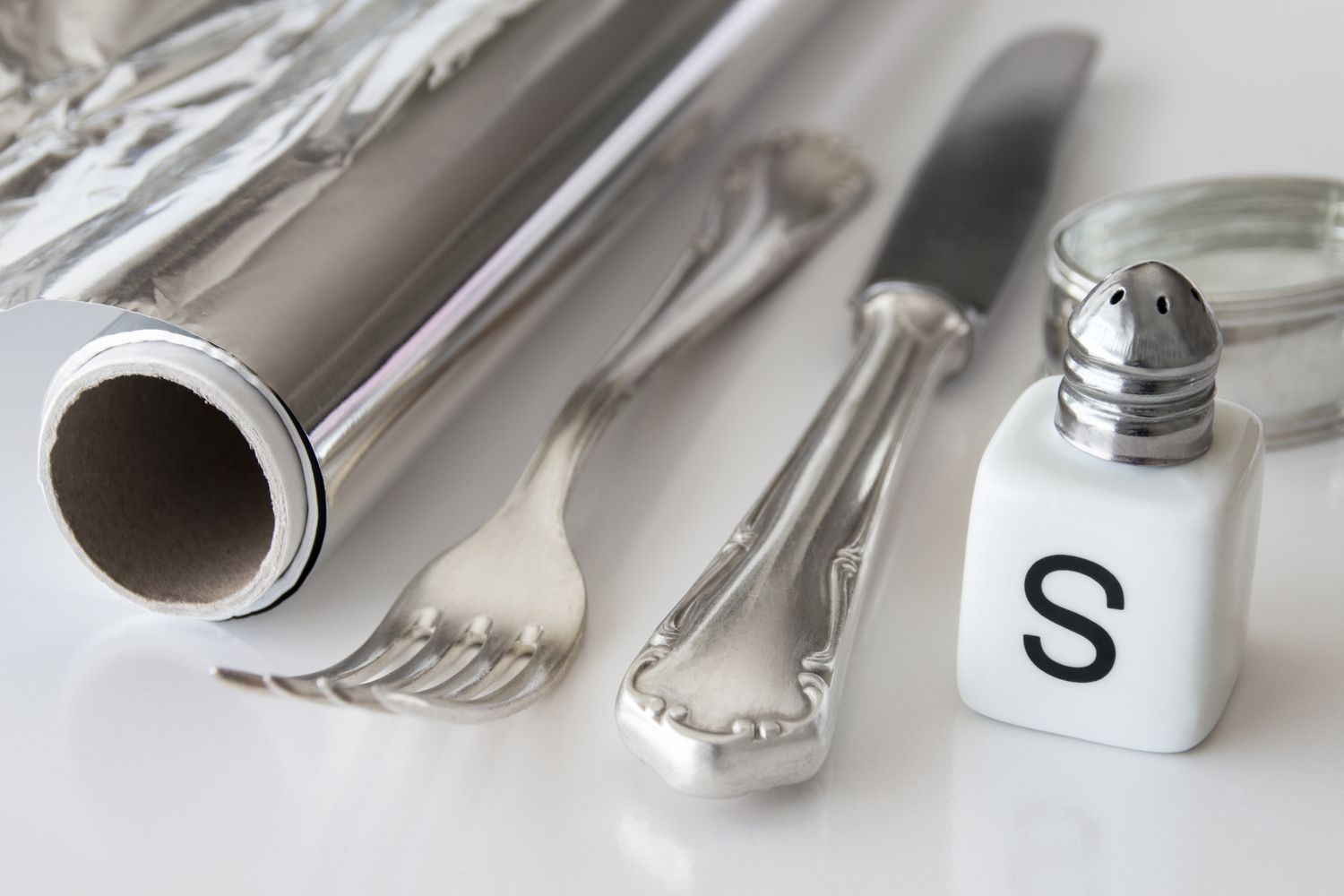

0 thoughts on “15 Things You Can Clean With Baking Soda”